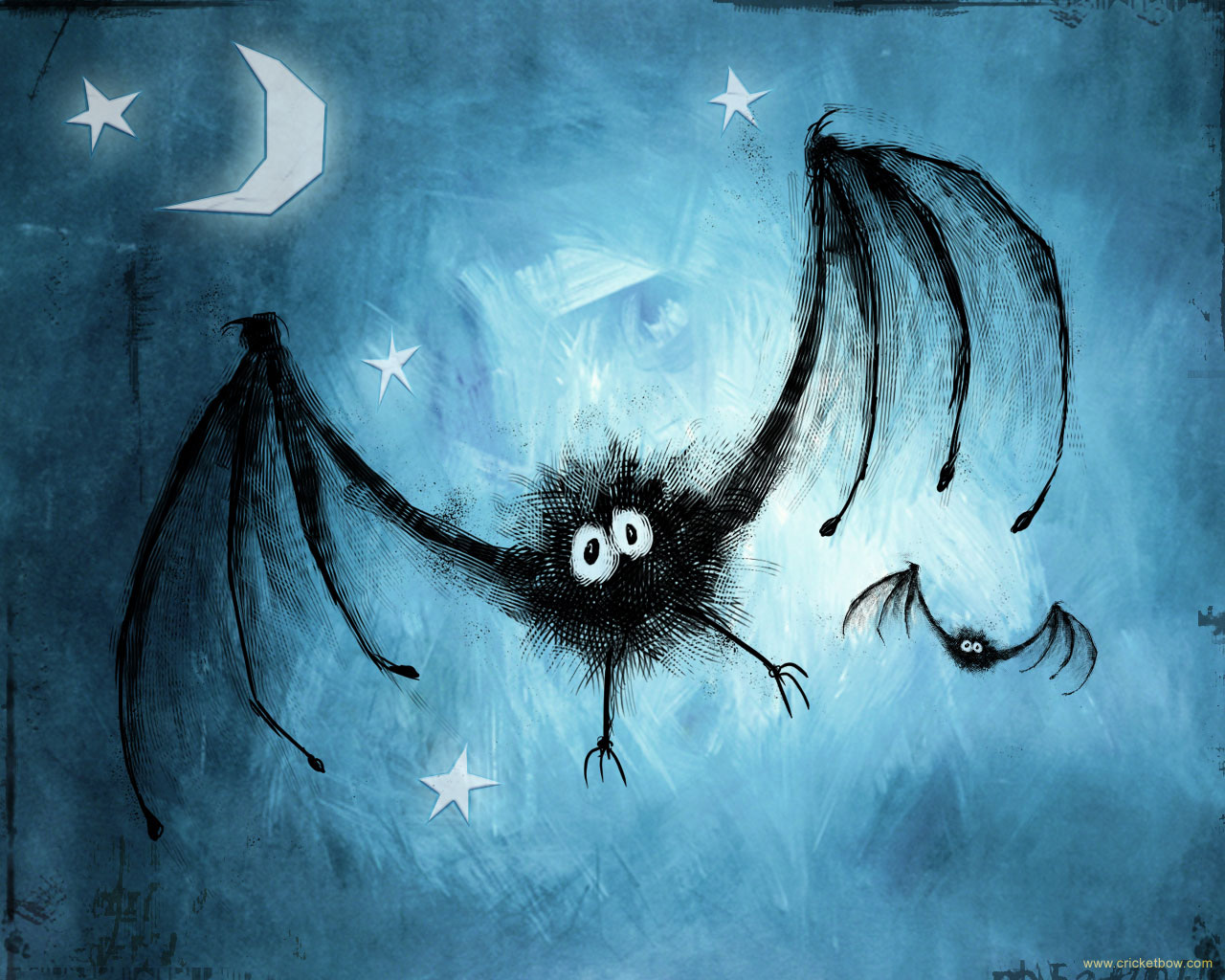 |
| Japanese beetle |
Plant quarantines are an important tool for excluding invasive species. Oregon has a bunch of plant quarantines; other states and countries have them, too. When one place has a pest problem that others don’t want, quarantines are often enacted to regulate trade from the infested area.
Oregon’s plant quarantines include: grape pests, chestnut blight, Dutch elm disease and elm yellows, blueberry maggot, peach yellows, peach latent mosaic viroid, peach rosette phytoplasma, oak wilt, apple maggot, European corn borer, Japanese beetle, exotic phytophagous snails, cherry bark tortrix, small broomrape, noxious weeds, glassy-winged sharpshooter, and Phytophthora ramorum (sudden oak death). Oregon also has control areas for most of its agricultural regions, which are sort of mini quarantines. You can see these regulations in their entirety in Volume 13, Oregon Administrative Rules, Chapter 603, Division 52: http://arcweb.sos.state.or.us/pages/rules/oars_600/oar_603/603_tofc.html.
If that doesn’t put you asleep, the National Plant Board maintains summaries of all the states’ quarantines on their website: http://nationalplantboard.org/laws/index.html.
Quarantines come and go, or at least they should if they are based on biology. Unfortunately, their birth and death are impacted by realities, such as bureaucracy, staff shortages, and human nature. Sometimes they take on a life of their own.
The Umatilla County Control Area for orchard pests is a good example (OAR 603-052-0201 & 0206). This regulation was enacted in 1974. It requires everyone that lives within the designated area to take care of, i.e. spray, his or her fruit trees. It is based on a sound premise—if everyone takes care of their pest problems, the overall pest pressure in the region will be reduced and everyone benefits.
I have two problems with this quarantine. First it mandates all host trees, including those on commercial, residential, public, and abandoned properties, be sprayed with “agricultural chemicals or pesticides.” This is not consistent with modern integrated pest management. We know a lot more now about how to suppress pest populations with less reliance on pesticides. Secondly, and this is my biggest beef, the quarantine boundary is incomprehensible. Here is the description:
“Beginning at the point of intersection of the North and South Center Line of section 18, Township 6 North, Range 35, E.W.M. and the boundary between the States of Oregon and Washington; thence Southerly along the North and South center lines of sections 18, 19, 30, and 31 in Township 6 North, Range 35, E.W.M. to the quarter corner common to section 31, Township 6 North, Range 35, E.W.M. and section 6 Township 5 North, Range 35, E.W.M. thence Easterly along the line common to sections 31 and 32, Township 6 North, Range 35, E.W.M. and 6 and 5 Township 5 North, Range 35, E.W.M. to the corner common to sections 32 and 33 in Township 6 North, Range 35, E.W.M. and sections 4 and 5 in Township 5 North, Range 35, E.W.M.; thence Southerly along the line between sections 4 and 5 in Township 5 North, Range 35, E.W.M. to the quarter corner between said sections 4 and 5; thence Easterly along the East and West center line of sections 3 and 4 in Township 5 North, Range 35, E.W.M. to the quarter corner between sections 2 and 3, Township 5 North, Range 35, E.W.M.; . . . . . .”
Trust me—this boundary description goes on, and on, and on, and on, and . . .
Maybe that made sense in 1974, but I doubt if there is a person alive in Umatilla County that knows for sure whether they are in or out of the control area! I’d wager that most people aren’t even aware of the law.
Obviously the regulation needs attention. We set out to clarify things a few years ago and worked with an advisory committee to draft language that would make sense in today’s world. Our proposed amendments would have encouraged integrated pest management and simplified the boundary to all of Umatilla County minus the Umatilla Indian Reservation. We held a hearing in Pendleton and opened up a public comment period. Some people liked our proposal, but some people really didn’t. The main objection we heard was that we would be forcing more people to use pesticides!
Ironically, during the rule-making process, we learned that there is a local ordinance that duplicates the state control area. In the end, we decided to let the sleeping dog lie. Like a lot of other regulations, this one just stayed on the books.
This fall we decided to kick that sleeping dog again. This time we’re proposing to repeal the control area completely. If we can’t get rid of a regulation that is incomprehensible, out-of-date, and duplicative, I worry about our system. The public comment period is open until Jan. 31, 2012. Anyone can send comments to: sgooch@oda.state.or.us.
Oregon’s Administrative Rules now fill 19 volumes each of about 600 pages; our revised statutes fill another 17 volumes! That is too much. With an extreme sense of irony, I offer what I see as the only real solution: another law! I wish there was a law that said in order to enact a new regulation; you had to get rid of two old ones first. From an insider’s point of view, I can tell you I would have no problem doing that for the next 10 years or so. There is always demand for new regulations; do something about Arundo (giant reed), protect us from infested firewood, stop the importation of exotic crickets, etc. Rarely do we hear the opposite.
People aren’t aware of all the petrified laws on the books, and if they aren’t being enforced or are not causing problems, they just accumulate. Do you suppose I could get rid of them if I stacked them up on my desk and drove a stake through the pile? I’ve been doing administrative rule reviews since September, and I’m tempted to try it!
Dan Hilburn











